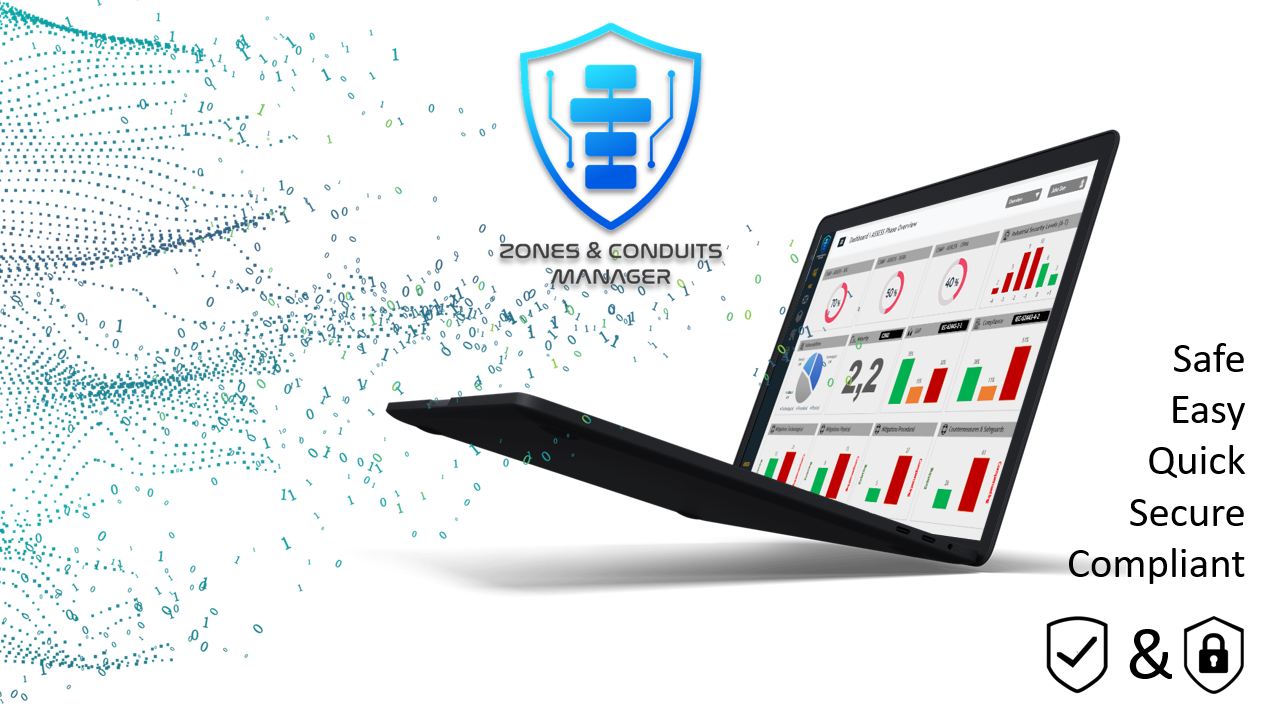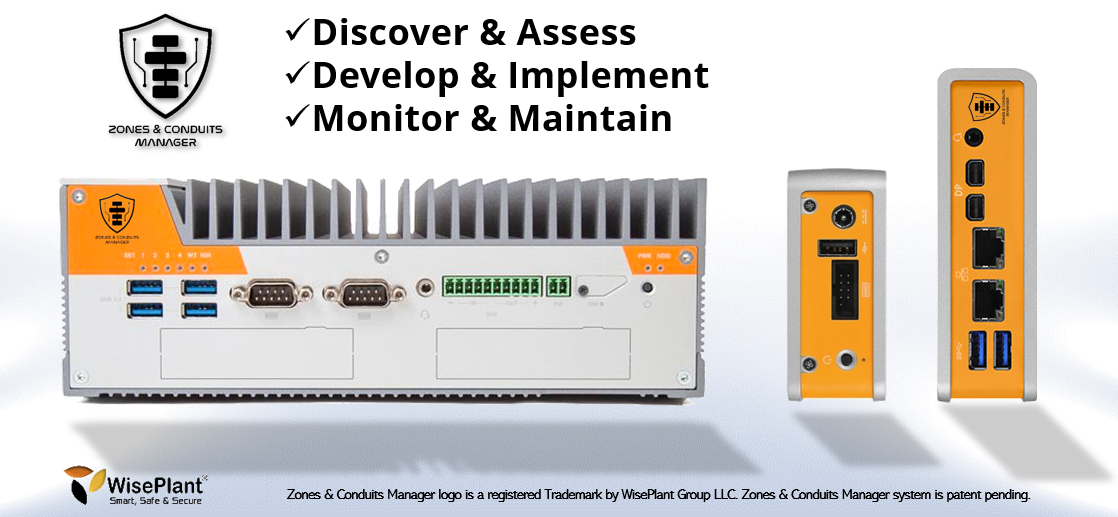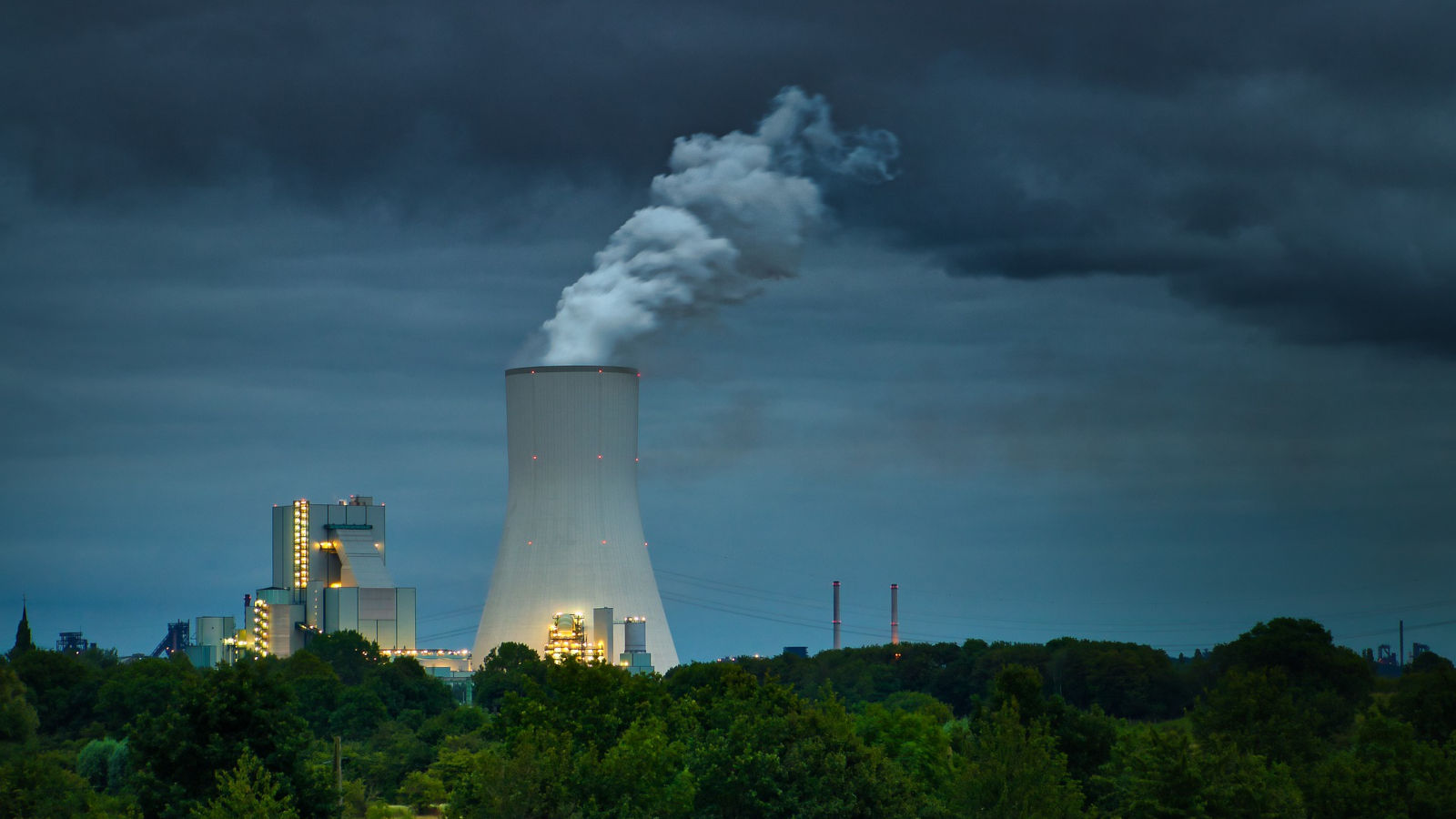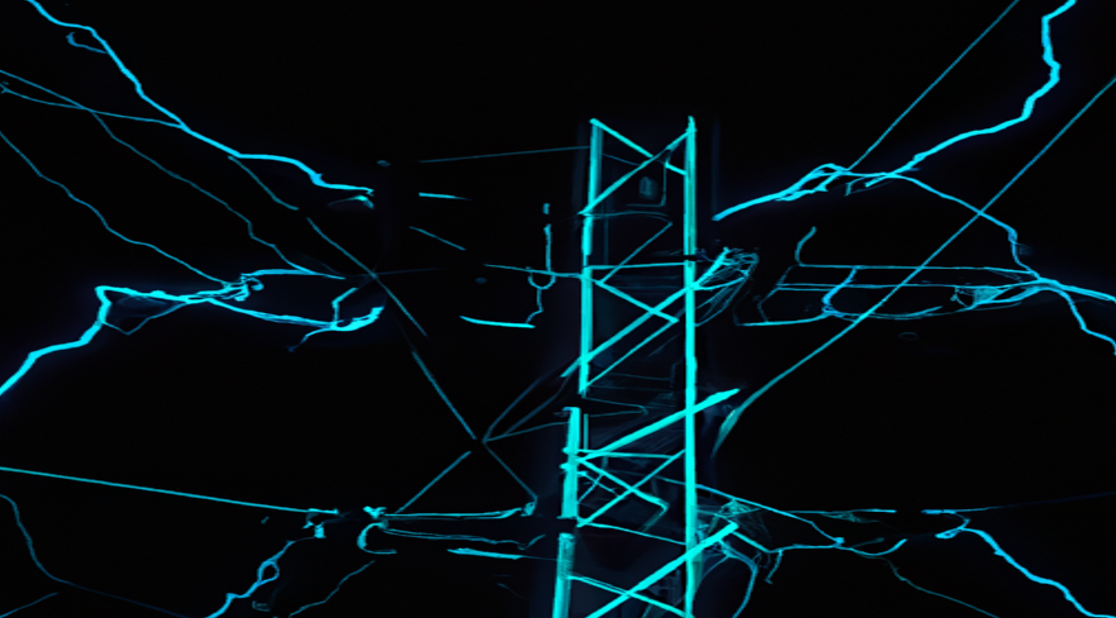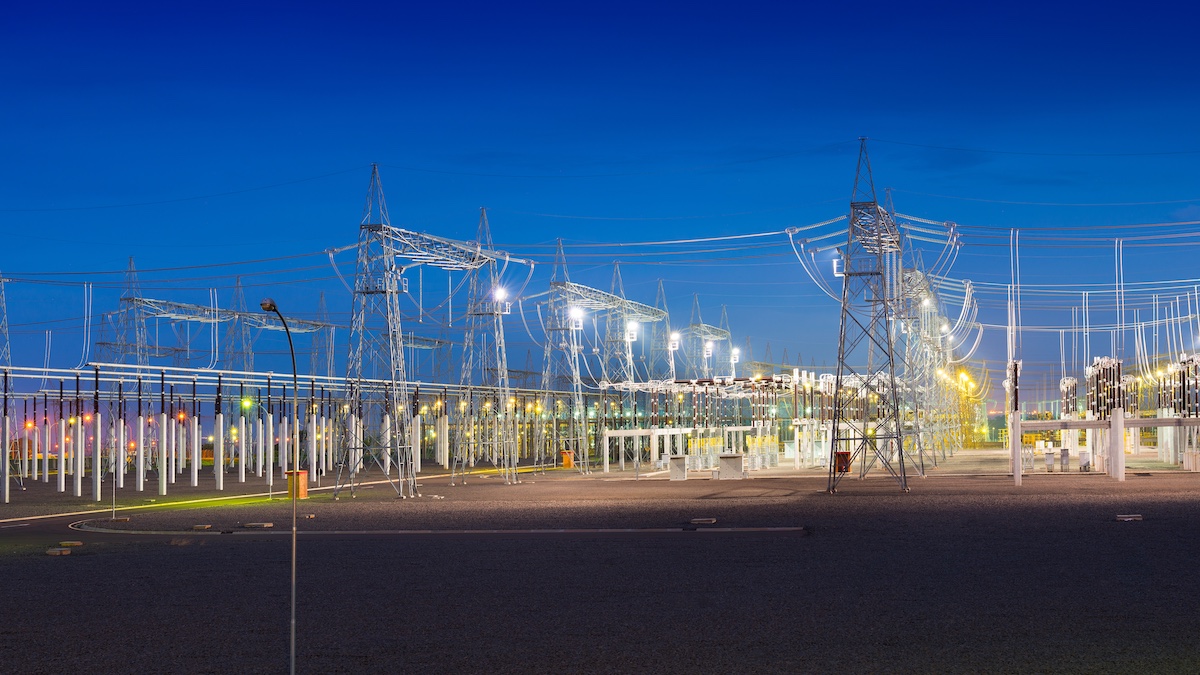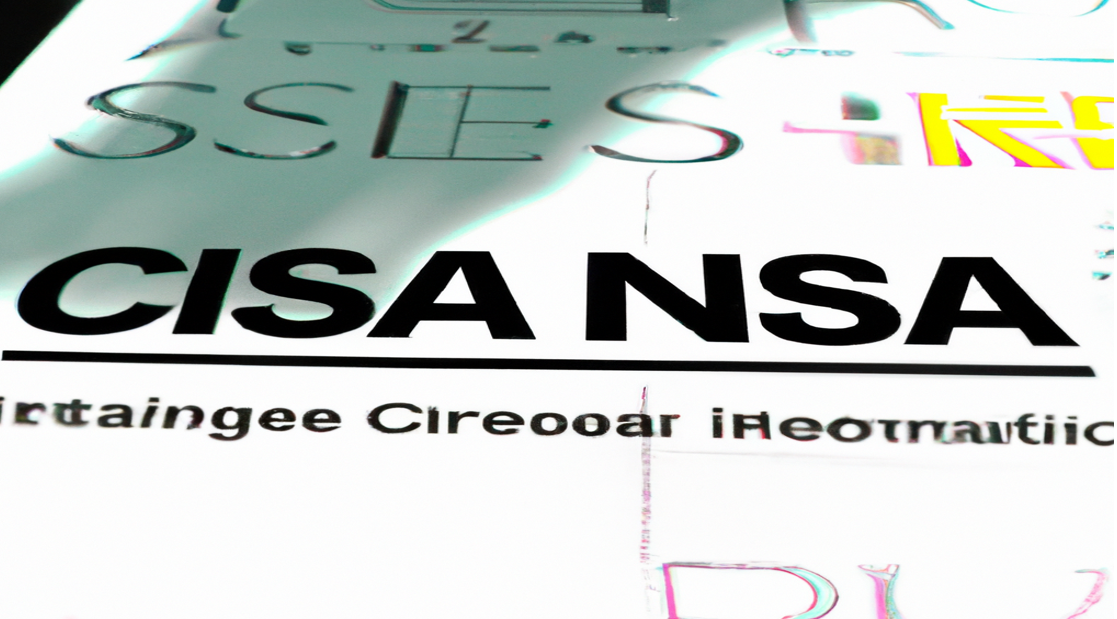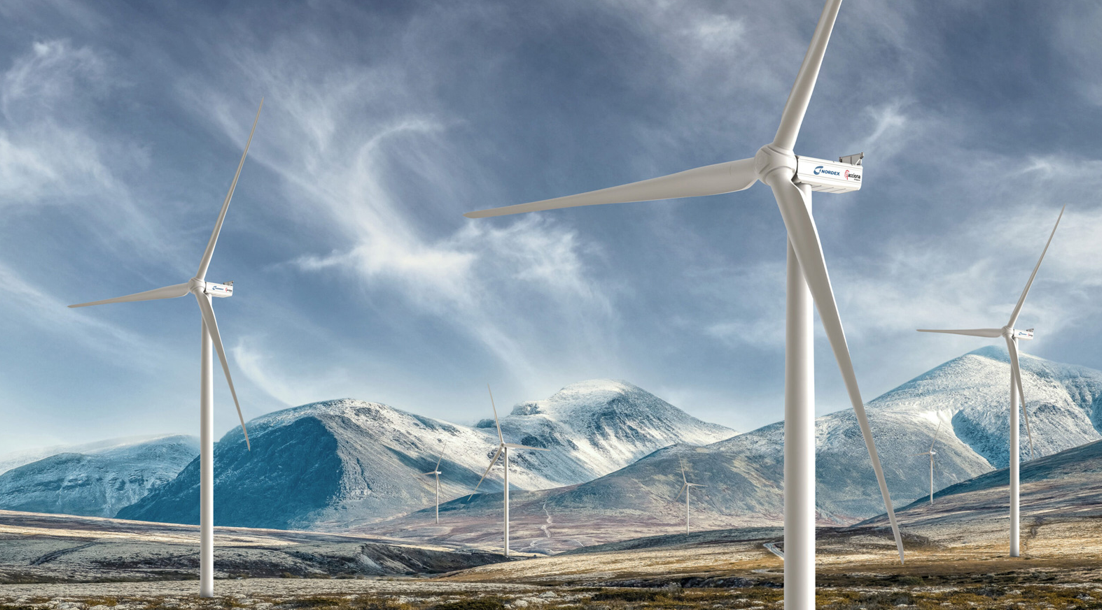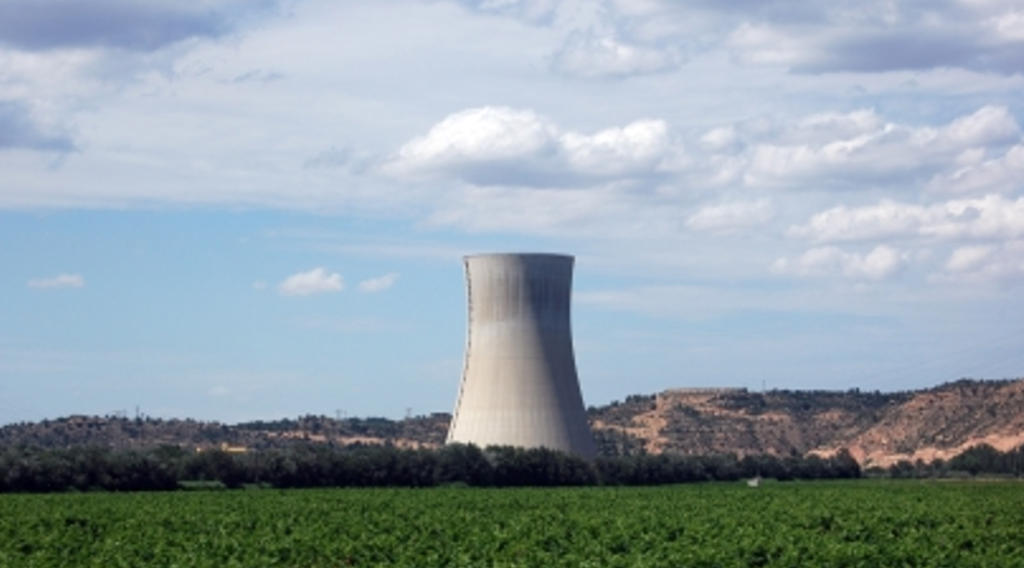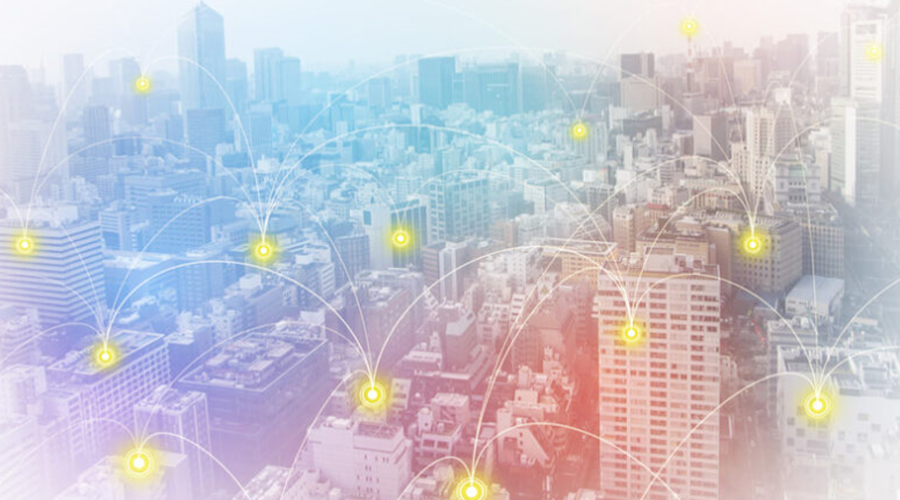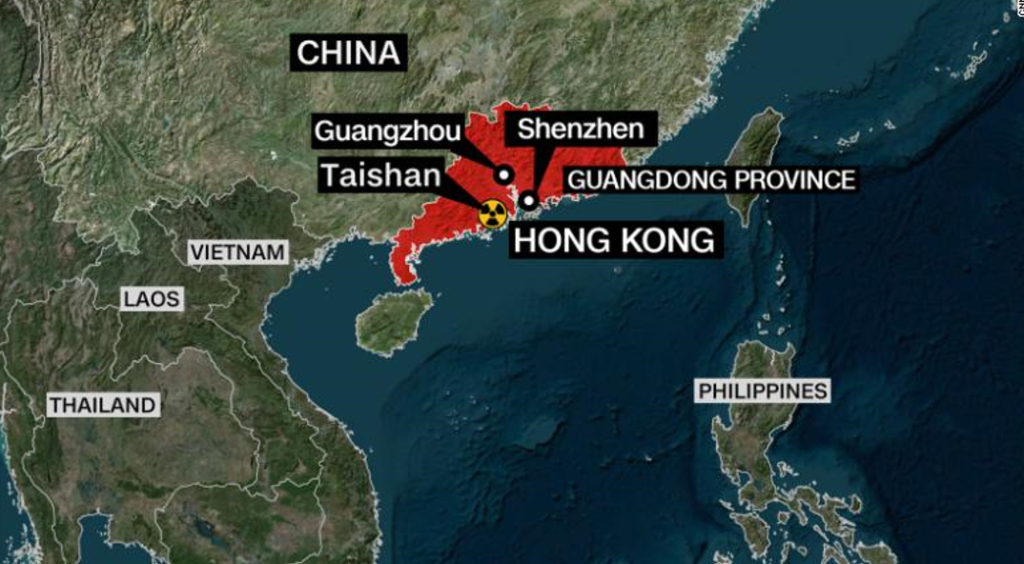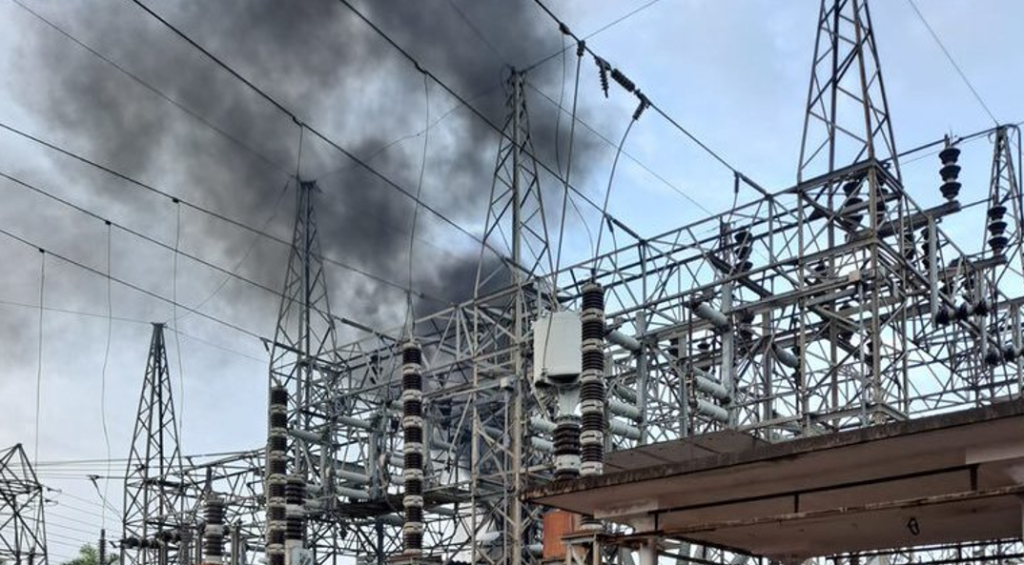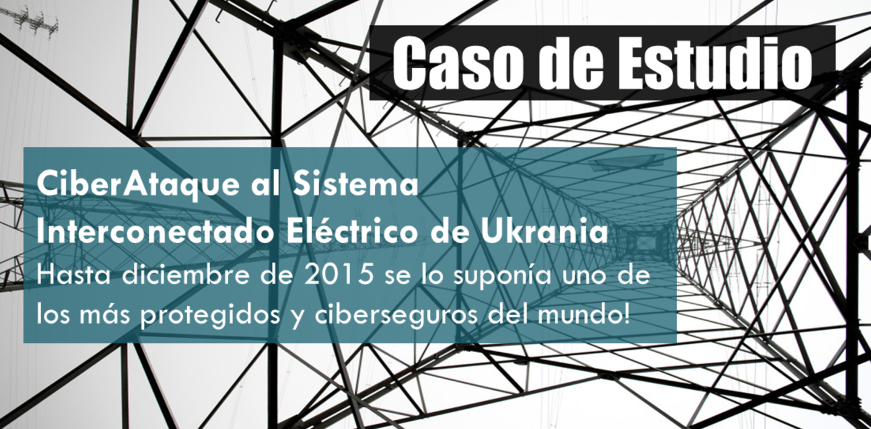ELECTRIC POWER
The electric power industry provides the production and distribution of electrical energy, often referred to as electrical power, in sufficient quantities for areas that need electricity through a grid. Many households and businesses need access to electricity, especially in developed countries. The demand for electricity is derived from the need for it for the operation of household appliances, equipment.
Link of interest: Power Outages in the United States of America (in real time) Here
PROCESSES
The electric power industry is usually divided into four processes. It is about the generation of electricity, such as a power plant, transmission of electric power, distribution of electric power and the retail sale of electricity. In many countries, owned electric power companies own all the infrastructure, from station generation to transport and distribution infrastructure. Each of these processes has its function in the supply chain with its particularities, priorities, regulations and needs.
There is a varied number of industrial plants, processes and technologies for power generation. Each of them with its characteristics, efficiencies, advantages and disadvantages. They consist of the transformation of energy sources into electrical energy to be introduced into the transmission networks to be used. Non-renewable sources can be coal, fossils, natural gas, oil, nuclear and oil shale.Renewable sources can be biomass, biofuel, geothermal, hydroelectric, marine, solar, and wind.
Electric power transmission is the bulk movement of electrical energy from a generating site, such as a power plant, to an electrical substation. The interconnected lines that facilitate this movement are known as a transmission network. This is distinct from local wiring between high-voltage substations and customers, which is typically referred to as electrical power distribution. The combined transmission and distribution network is known as the “power grid”
The distribution of electrical energy is the final stage in the delivery of electrical energy; transports electricity from the transmission system to individual consumers. The distribution substations are connected to the transmission system and reduce the transmission voltage to medium voltage ranging from 2 kV to 35 kV with the use of transformers. Primary distribution lines carry this medium-voltage power to distribution transformers located near the customer’s premises.
Often, several customers are supplied from a transformer through secondary distribution lines. Commercial and residential customers are connected to secondary distribution lines through service outages. Customers that demand a much larger amount of power can be connected directly to the primary distribution level or the sub-transmission level.
NEEDS
Electric power is considered a natural monopoly. The industry is generally highly regulated, often with price controls and is often the government of ownership and operation. Typically many of the facilities involved in each of the processes of the electrical industry can be considered a critical infrastructure and therefore of national interest. This classification should be determined as a result of the criticality assessment using appropriate assessment methods, techniques and models. Suppliers of industrial automation systems, SCADA systems, and services in conjunction with operators in the electric power sector must ensure compliance with security and cybersecurity standards, such as ISA/IEC-62443, NIST 800-53/82, NERC CIP, FIPS 140-2 and others. Keeping up with rules and regulations is a challenge. New regulations such as the GDPR in Europe raise the stakes for non-compliance to more than 20 million euros per incident.
SECURITY AND COMPLIANCE
Strategies and solutions based on information security technologies and perimeters are not enough to protect against all modern threats against electrical infrastructures. Industrial cybersecurity requires the protection of physical assets, i.e. the domain of physical security. Many programmable logic controllers (PLCs) and controllers for feed water pumps, feed water, valves, furnaces, boilers, turbines, generators, and capacitors are vulnerable due to the lack of built-in cryptographic controls, including: multi-factor authentication, secure boot, secure update, and encrypted secure communications.
OUR SOLUTION
In operational technology (OT) environments, risk is measured in terms of industrial safety and system availability. While data privacy is important, often human physical security, industrial process safety, environmental stewardship, and uptime drive the security needs of plants and large SCADA systems.
Our Solution for Safety in the Electric Power Industry
ZCM is a system specially designed for industrial cyber risk management that allows organizations in the electric power sector to assess cyber risk in their industrial infrastructures and make the best mitigation decisions that really work.
Once the industrial cyber risk has been realized, the ZCM system provides you with the necessary tools to create resilient and robust industrial infrastructures to all types of threats, and at the same time comply with international standards (ISA/IEC-62443) and other popular regulations, such as those defined by organizations such as NERC, NIST and C2M2.
Assess cyber risk consistently and make the best mitigation decisions with the ZCM.
Design and implement appropriate countermeasures that will actually mitigate intolerable risk.
Operate and maintain industrial infrastructures resilient to all types of threats.





